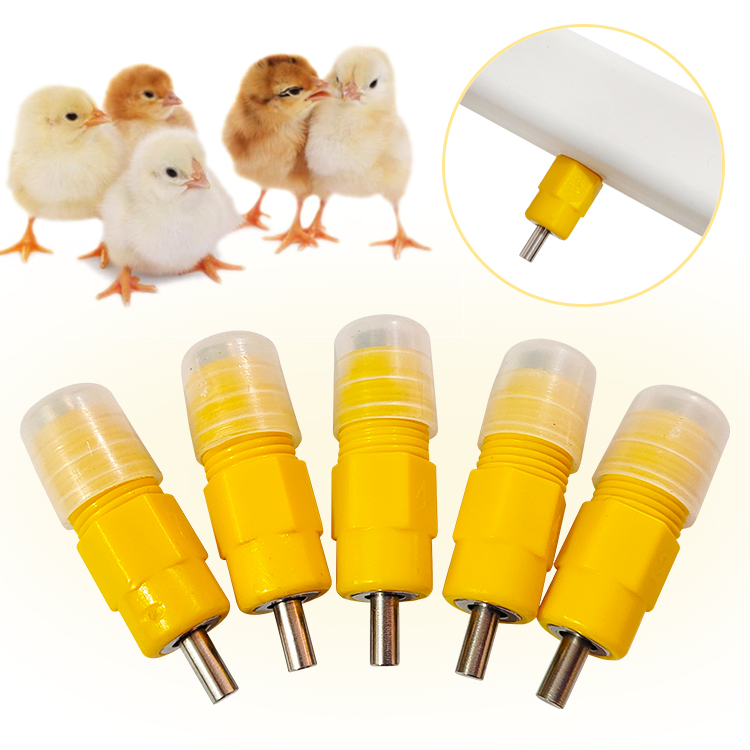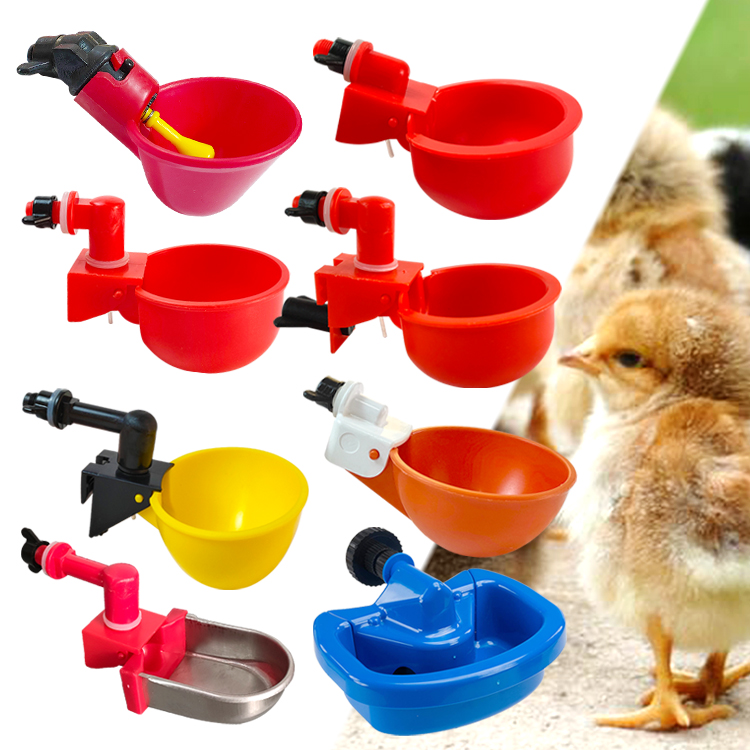News
1. Site selection and layout
The site selection and layout of the farm should comply with the provisions of the "Measures for the Review of Animal Epidemic Prevention Conditions", and at the same time, it is required to have convenient transportation, with a dedicated road with hardened pavement leading directly to the farm; the terrain is high, sheltered from the wind and sunny, and the drainage is convenient; the water source is stable, and the water quality meets the drinking water standard. The layout should be considered to facilitate epidemic prevention and organization of production. The field area can be divided into production area, office area, living area, auxiliary production area, sewage treatment area and other areas. At the same time, the layout should be carried out according to the principle of dominant wind direction, terrain height and water flow direction. If the terrain is inconsistent with the wind direction, the dominant wind direction shall prevail; the direction of the chicken house is about 15° from east to west or south to east (or west), which is conducive to improving the temperature of the house in winter and avoiding solar radiation in summer, which is conducive to improving the ventilation of the chicken house; Spacing, brooding house 10 ~ 20m, laying hen house 10 ~ 15m.
2. Great emphasis on brooding
To create good brooding and breeding conditions, and lay the foundation for laying hens with high yields and colleges, we must eradicate the problem of attaching importance to the construction of laying hen houses and ignoring brooding and brooding chicken houses. The number and size of brooding and finishing houses should be designed according to the standard, ensuring low density and sufficient space. In terms of area, according to the current situation of the integration of laying hens in 6-8 weeks in China, each brood with 2 cells on each floor of the three steps can accommodate up to 150 chicks/cage; the brood with 3 cells on each floor of the three steps The cage can accommodate up to 180 chicks/cage; the density of vertical cages and nets is even lower, and the maximum density of 11-12 chickens/m2 is strictly controlled to purchase or manufacture chicken cages, and ensure ventilation and light conditions. Design the coop size below.
3. Disease prevention and control
One is vaccination. Vaccination is required at the start of laying, and this vaccination is very important to prevent the occurrence of epidemic prevention during the laying period. The epidemic prevention procedures are reasonable and in line with the actual situation of the field; the source of the vaccine is reliable, well-preserved, and the quality is guaranteed; the vaccination route is appropriate, the operation is correct, and the dose is accurate. After vaccination, the effect of vaccination should be checked, and antibody testing should be carried out if necessary to ensure the effect of vaccination, so that the chickens have sufficient antibody levels to prevent the occurrence of diseases. The second is deworming. The work of deworming should be done at the start of labor. For chickens aged 110-130 days, 20-40 mg of levamisole or 200-300 mg of Ascaris per kilogram of body weight, mixed with feed, once a day, for 2 days to expel roundworms; ~200mg, mixed with feed, once a day, for 2 days to expel tapeworms; when the coccidial oocysts are seriously polluted, anticoccidial drugs should be used for 5 to 6 days after caged.
4. Feed formula
The production of laying hens has entered the era of meager profits. In order to reduce costs, most of the scale farms produce their own feeds. The feed formulas for each stage are as follows.
4.1 Chicks (1~60d)
Chicken feed formula: corn 62%, bran 10%, bean cake 17%, fish meal 9%, bone meal 2%.
4.2 Young chickens (61~120d)
Young chicken feed formula: corn 55%, bran 20%, bean cake 7%, cottonseed cake 5%, rapeseed cake 5%, fish meal 5%, bone meal 2%, shell meal 1%.
4.3 Egg laying period
Feed formula during the laying period: corn 56%, multigrain 10%, bran 6%, bean cake 17%, fish meal 5%, shell meal 3%, methionine, salt, etc. 3%.
5. Environmental Control
5.1 Lighting equipment
Lighting equipment is mainly an automatic light controller that can turn on and off lights on time. At present, the light controller of chicken house has been produced in China. The better one is the electronic display light controller. Its characteristics are: 1. The switching time can be set arbitrarily, and the control time is accurate. 2. The light intensity can be adjusted. If the sunlight intensity is insufficient during the light time, the supplementary light system will be automatically activated. 3 Lights fade in and fade out. 4. The power outage procedure is not chaotic and so on.
5.2 Ventilation equipment
The role of ventilation equipment is to remove dirty air, moisture and excess heat from the house, while supplementing it with fresh air. At present, large-diameter, low-speed axial flow fans are generally used for ventilation in chicken houses.
5.3 Water curtain fan cooling system
The main function of the water curtain fan cooling system is that the air enters the chicken house through the water curtain in summer, which can reduce the temperature of the air entering the chicken house and have a cooling effect. The water curtain fan cooling system is composed of a paper corrugated porous water curtain, a water curtain cooling fan, a water circulation system and a control device. In summer, the air entering the chicken house through the water curtain can reduce the temperature in the house by 5-8 °C.
6. Regularly clean manure
Practice has proved that if the excrement is not removed for a long time, a large amount of air will inevitably be generated in the chicken house, and it is particularly important to remove the excrement in the high temperature season. When the ammonia concentration in the house exceeds 30×10-6, it will affect egg production. In order to provide a good production environment for chickens, manure must be removed regularly to improve the environment in the house and increase its production level.
The laying hen industry has entered the era of meager profits. Under normal circumstances, each laying hen earns about 15 yuan in a lifetime. Under normal operating conditions, it takes at least 5 to 10 years to recover the investment cost. And laying hen farming is different from the production process of industrial production. There are many uncertainties, and you must always be cautious, otherwise any problems in any link will make your efforts go to waste.
Source: zhihu website.
Statement: Some of the information on this site comes from the Internet, and the source has been indicated for reprinting. If there is any errata, please contact us at any time, we will delete it immediately if there is any infringement.

Pulished on Dec. 04, 2025

Pulished on Sep. 05, 2025